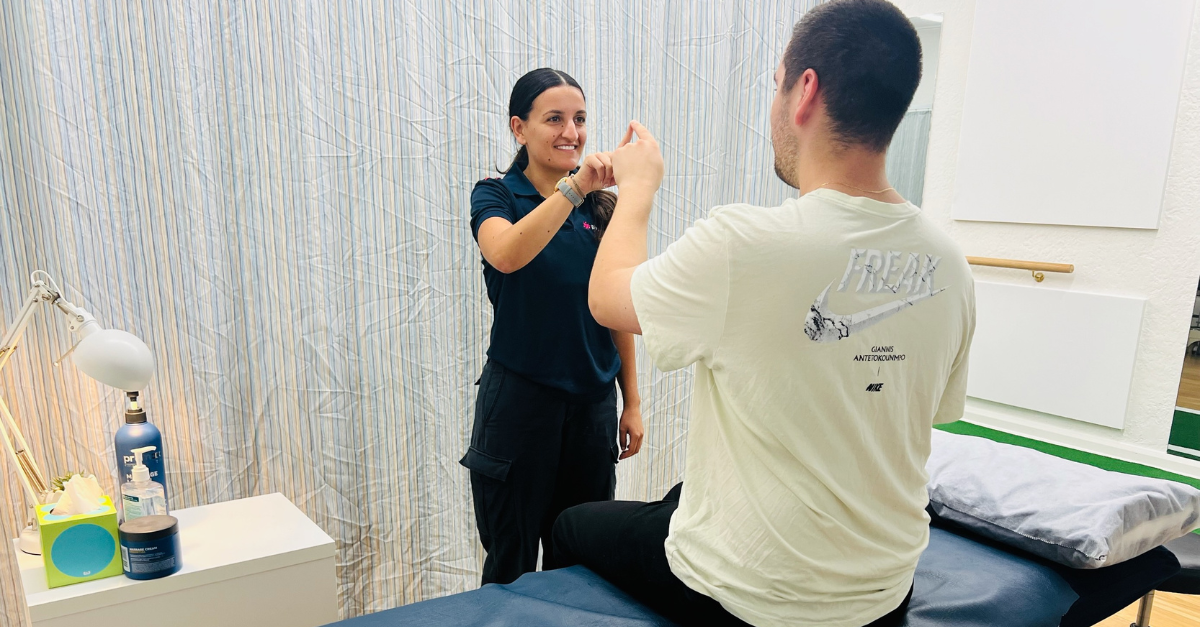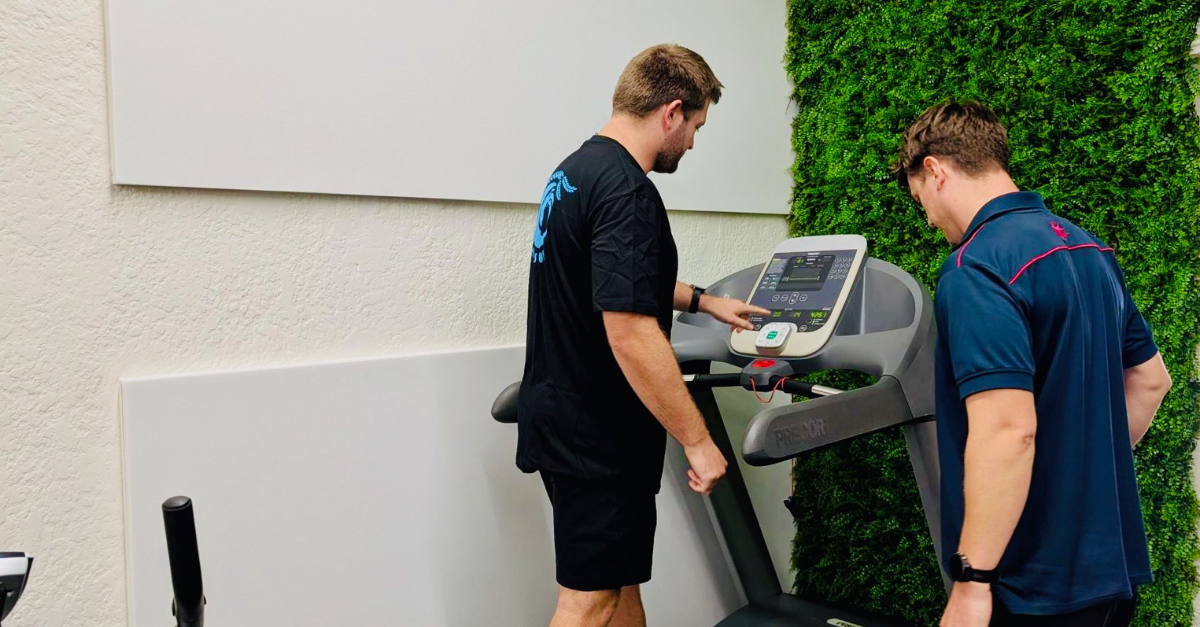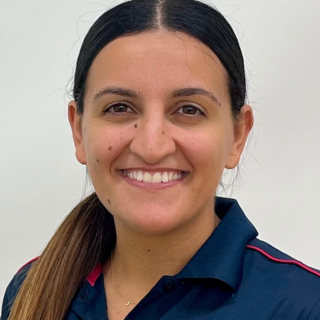Concussion and Exercise: Why Rest Isn’t Always Best
Friday, July 18, 2025
From Total Rest to Active Recovery
For many years, the standard advice for concussion recovery was simple: rest (and lots of it). Patients were often told to retreat to a dark room, avoid screens, skip school or work, and steer clear of any physical activity until all symptoms had completely disappeared.
However, as research into concussion management has progressed, so has our understanding of the most effective ways to support recovery. What we now know is that total rest may not always be the best course of action, and in some cases, it could even delay healing.
The Old Way – Strict Rest Until Symptom Resolution
Traditionally, health professionals recommended complete physical and cognitive rest following a concussion. This advice was based on the understanding that a concussion triggers a neurometabolic cascade, which puts the brain into an energy deficit. In other words, the brain uses more energy than it has available. The logic became to let it "shut down" and rest in order to heal.
The concern was that any physical or mental exertion could worsen symptoms or delay recovery. As a result, patients were often advised to avoid screens, school, work, and exercise entirely until they were completely symptom-free.
While this approach was well-intentioned, growing evidence now suggests that extended rest may actually hinder recovery in some individuals. Prolonged inactivity can lead to increased fatigue, anxiety, low mood, physical deconditioning; and in some cases, it may even contribute to the development of persistent post-concussion symptoms.

The New Approach – Early, Symptom-Limited Activity
In recent years, research and clinical guidelines have undergone a major shift. We now understand that introducing light, symptom-limited activity within 24 to 48 hours after a concussion is not only safe, but actually beneficial for most people.
The Consensus Statement on Concussion in Sport, along with other leading clinical guidelines, now supports the gradual reintroduction of both physical and cognitive activity, providing it doesn't significantly worsen symptoms.
But hang on a minute - this doesn’t mean heading straight back to sport or the gym. Instead, it involves short, gentle activities such as walking, light stretching, or simple daily tasks. These allow the brain to re-engage with movement and sensory input in a controlled way, helping to support recovery without overwhelming the nervous system.
Why Early Activity Matters
Introducing gentle activity soon after a concussion can have significant benefits for both the body and brain. Here’s why early, symptom-limited movement is now encouraged:
- Supports Neurological Recovery
Light physical activity may improve cerebral blood flow and support neuroplasticity (the brain’s ability to reorganise and heal). These effects are believed to aid the recovery process and restore function more efficiently. - Reduces Psychological Impact
Complete isolation and prolonged inactivity can negatively affect mental health. Light movement and engagement with daily life can help prevent low mood, anxiety, and the feeling of being “stuck” during recovery. - Prevents Physical Deconditioning
Extended rest can lead to muscle weakness, reduced cardiovascular fitness, and overall deconditioning. Maintaining gentle physical activity helps preserve baseline fitness, making it easier to return to work, school, or sport later. - Encourages Graded Exposure
A gradual return to activity allows individuals to monitor and understand their symptoms, helping them build confidence and regain control as they reintroduce normal routines at a safe pace.
What Does “Symptom-Limited Activity” Mean?
Symptom-limited activity means engaging in light movement or tasks that don’t significantly increase your symptoms. The goal is to stay gently active without overloading your brain or body.
Examples of symptom-limited activities include:
- Short, easy walks
- Light household tasks (e.g., tidying, folding laundry)
- Gentle stationary cycling (if tolerated)
- School or work tasks in short, manageable bursts
The key is to listen to your body. Monitor how you feel during and after each activity:
- If symptoms noticeably increase, reduce the intensity or duration.
- If symptoms stay the same, or even improve, you may be ready to gradually progress to the next stage of recovery.

The Bottom Line
Complete rest is out. Controlled, symptom-limited activity is in.
Every concussion is unique, and recovery should always be guided by a healthcare professional trained in concussion management. The days of lying in a dark room for a week are behind us.
With early, gentle movement and the right support, most people can recover more effectively and get back to their normal lives sooner.
Call us today to book an appointment with our Physio Inq Sutherland registered concussion care specialist physiotherapists.

